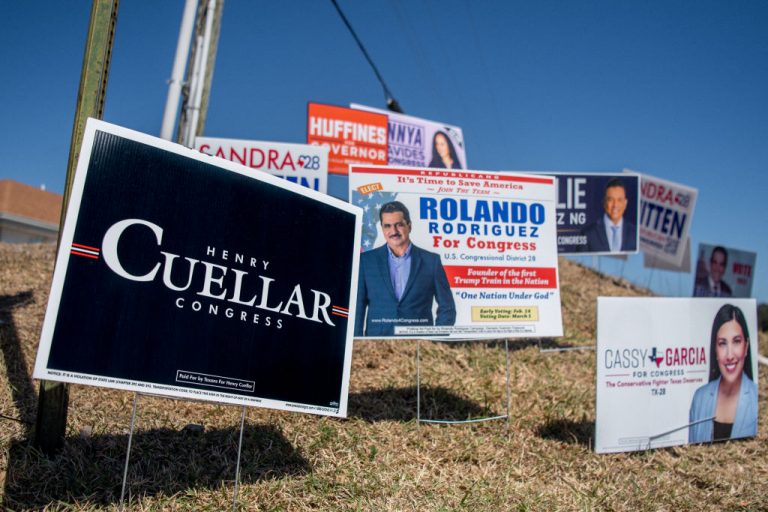Despite the 2020 Presidential Election arguably being the most contentious in U.S. history, the State of Texas nonetheless continued a long-running trend of exceptionally low voter turnout.
According to the Texas Tribune, only 17.5 percent of 17.2 million eligible voters cast a ballot in the March 1 midterm primary elections to determine the Republican and Democrat Party gubernatorial candidates.
On a percentage basis, the figure is a drop from 2020 where 25.3 percent of 16.2 million eligible voters appeared, and a slight increase from 2018 when 17.2 percent of 15.2 million voters made their voices count.
Notably, the Tribune found that the largest drop in voter turnout was actually among Democrats. In the March 1 vote, only 11.3 percent of Republicans and 6.2 percent of Democrats appeared, compared to 12.4 and 12.9 percent Republicans and Democrats in 2020.
In 2018, 10.2 and 7 percent of Republicans and Democrats took to the polls.
Success
You are now signed up for our newsletter
Success
Check your email to complete sign up
Data further showed that in “solid red territor[ies]” within Texas, Democrat voter turnout was as little as 3 percent.
The Tribune notes, “These turnout numbers also do not include the thousands of mail ballots that have been flagged for possible rejection because they don’t comply with a new voting law. Voters have until six days after the election to correct their ballot. During the 2020 primary, mail-in ballots comprised 10% of the early vote.”
The law in question involves enhanced identification requirements for those choosing to vote by mail.
The Tribune, in a March 2 article heavily cast with a Democrat-leaning narrative that enhanced ID requirements disenfranchise elderly and disabled voters, stated that some counties had “reported initial rejection rates anywhere between 8% to 30%, with the ID requirements tripping up a significant share of voters in counties large and midsize, red and blue.”
According to the outlet, only 2 percent of mail-in ballots were rejected during the 2018 midterm primaries before the Coronavirus Disease 2019 (COVID-19) pandemic changed the state of human society.
The Tribune stated that in Harris County alone, 11,135 mail-in ballots were flagged under the new law, contrasting the figure against the total number of ballots rejected in all of Texas in 2018: approximately 9,400.
A March 8 article by Epoch Times recounting on-the-ground reporting of voter turnout at Republican Party sites remarked that some locations saw zero turnout throughout the entire day, while others were as low as approximately 5 people per hour.
Based on an official tally of the day’s efforts by New York Times, Beto O’Rourke won the Democrat vote for the November gubernatorial election, collecting a landslide 91.4 percent of 1,063,744 votes.
O‘Rourke will face incumbent Republican Governor Gregg Abbot, who won 66.4 percent of 1,942,093 votes, defeating challenges Allen West and Don Huffines.
Some analysts caution against using primaries as an extrapolative basepoint for results in November. Michael McDonald, a poli sci professor at the University of Florida, told Texas Monthly in a March 8 article that although primaries may sometimes serve as “tea leaves” to divinate the hearts of minds of voters, “There is less [predictive] value in low turnout and low-visibility state and congressional primaries.”
Nonetheless, CBS affiliate WFAA noted that, in terms of raw data, voter turnout for the 2022 primaries was up more than 370,000 votes compared to 2018 numbers.

















